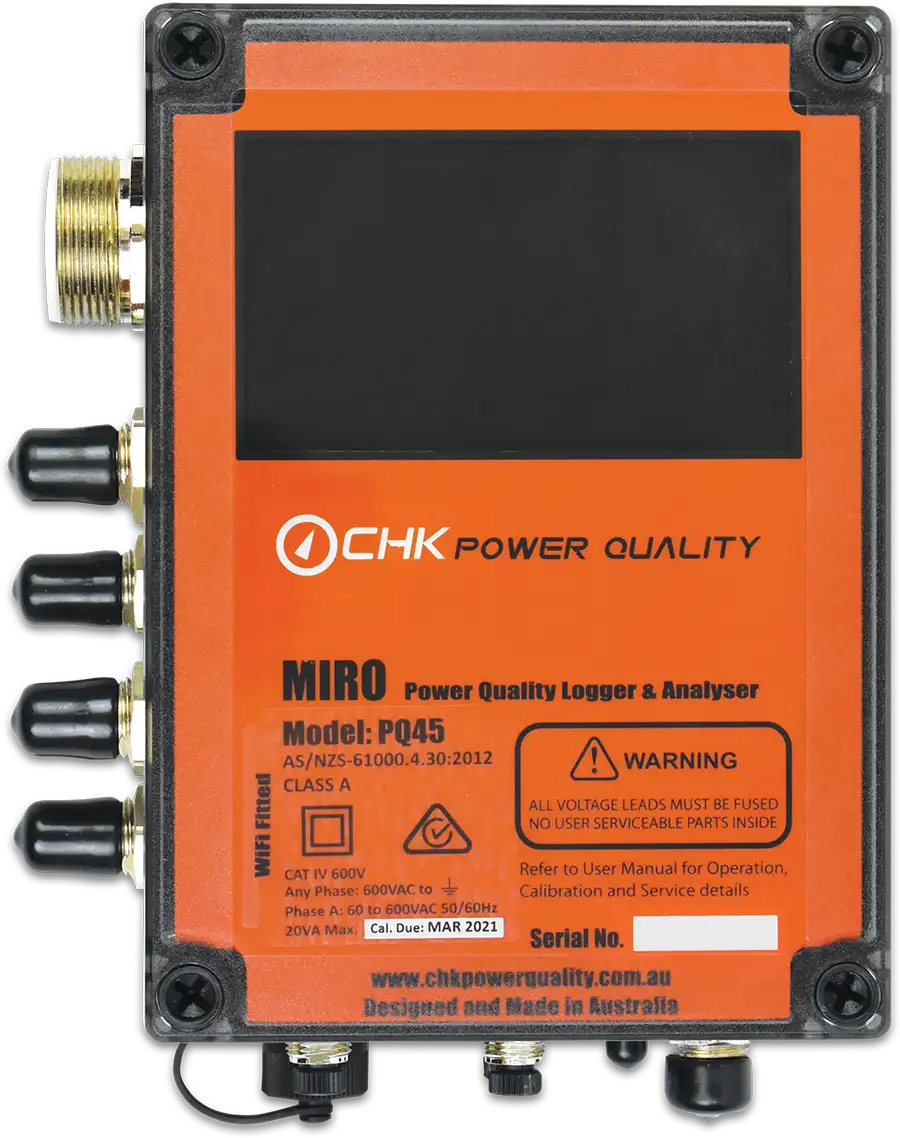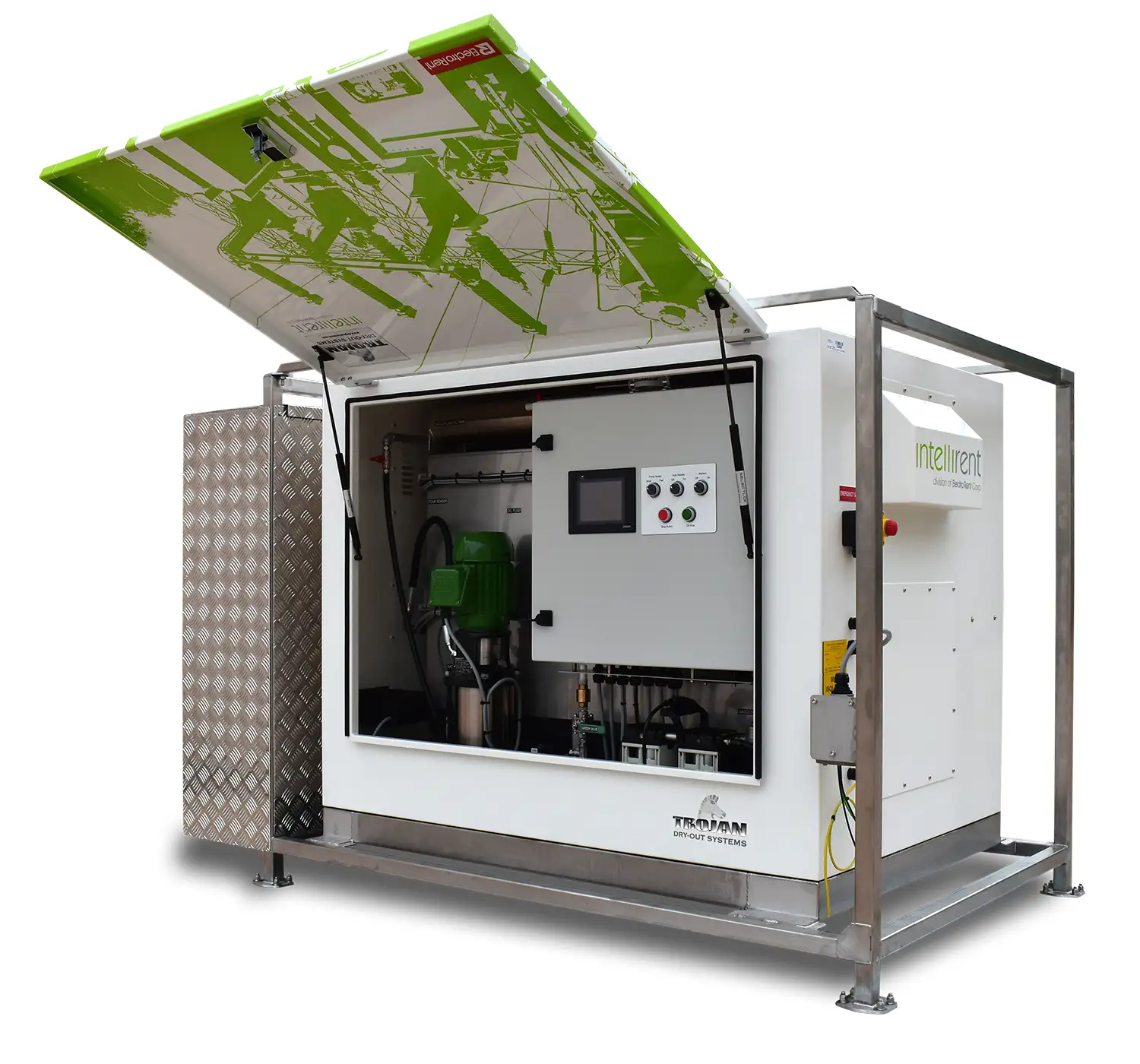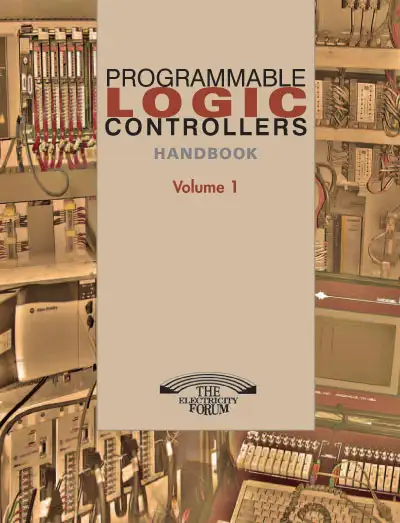Isolation Transformer

An isolation transformer provides electrical separation between the primary and secondary windings, enhancing safety, reducing noise, and protecting equipment. Commonly used in sensitive electronics, medical devices, and industrial systems, it prevents ground loops and ensures stable power quality.
What is an Isolation Transformer?
An isolation transformer plays a vital role in the safety and performance of electrical systems across various industries.
✅ Provides galvanic isolation between input and output circuits.
✅ Reduces electrical noise and prevents ground loop interference.
✅ Protects sensitive equipment from power surges and faults.
Its ability to provide electrical isolation, voltage conversion, noise reduction, and enhanced power supply stability makes it an essential component in modern electronic applications. By understanding its functions and benefits, we can appreciate its invaluable contribution to electrical power systems.
Electrical Transformer Maintenance Training
Substation Maintenance Training
Request a Free Training Quotation
At the heart of electrical safety is the concept of electrical isolation, which involves separating electrical circuits to prevent the flow of current between them. This is crucial in minimizing the risk of electrical shock and preventing potential damage to equipment. An isolation transformer achieves this by having primary and secondary windings with no direct electrical connection, transferring energy through magnetic induction. This process ensures galvanic separation, which protects sensitive equipment from potential harm. To understand how electrical energy is converted between voltage levels, see our guide on what is a transformer.
Noise Reduction and EMI Protection
An Isolation transformer is crucial in noise reduction, breaking ground loops and minimizing common-mode noise. Ground loops occur when an undesired electrical path between two points at different voltage levels causes interference and noise in electronic equipment. Isolating the power supply from the equipment breaks ground loops and enhances the performance of sensitive devices. Additionally, an isolation transformer helps reduce electromagnetic interference (EMI) and radio frequency interference (RFI), collectively referred to as EMC protection. If you're interested in how current levels are measured, check out our article on current transformers.
Key Differences Between Isolation Transformers and Other Types
| Feature | Isolation Transformer | Step-Up/Step-Down Transformer | Autotransformer |
|---|---|---|---|
| Primary Function | Provides galvanic isolation and safety | Changes voltage levels (increase/decrease) | Changes voltage with partial isolation |
| Electrical Connection | No direct connection between windings | Directly coupled for voltage conversion | Shares common winding |
| Noise Reduction | Excellent (blocks EMI/RFI, ground loops) | Limited noise suppression | Minimal noise suppression |
| Voltage Regulation | Moderate, focuses on isolation | High, designed for voltage conversion | High efficiency but less isolation |
| Typical Applications | Medical equipment, electronics, telecom | Power distribution, industrial motors | Cost-effective power adjustments |
Voltage Conversion and Power Conditioning
One crucial function of an isolation transformer is voltage conversion, which transforms the input voltage into a suitable output voltage for various applications. This ability to adapt voltage levels makes them particularly useful in environments with fluctuating power supplies or specialized equipment that requires specific voltage levels.
An isolation transformer is sometimes referred to as a safety device because it enhances overall electrical safety. By providing potential separation, it protects users and equipment from electrical hazards, such as high voltage, short circuits, and electrostatic discharge. It also prevents capacitive coupling, which occurs when an unintended electrical connection forms between conductive parts, leading to the transfer of electrical energy or interference. For details on how they are categorized, explore the different types of transformers.
An isolation transformer enhances potential separation between circuits, ensuring safe and stable power flow to connected devices. It plays a crucial role in EMI protection, blocking electromagnetic interference that can disrupt sensitive equipment. By offering noise reduction, an isolation transformer minimizes electrical disturbances and ground loop issues in both industrial and medical environments. Additionally, its ability to provide voltage conversion makes it versatile for various power requirements, while its power conditioning capability ensures consistent, clean energy delivery for optimal equipment performance.
Industrial Applications and EMI Protection
An isolation transformer is essential in various industries, including healthcare, telecommunications, and manufacturing. For example, healthcare facilities play a crucial role in safely isolating medical equipment from the main power source, preventing electrical hazards and ensuring the well-being of patients and staff. In telecommunications, they protect communication equipment from electrical noise and transient voltage spikes, guaranteeing the integrity of data transmission. Manufacturing facilities also rely on them to provide a stable, isolated power source for industrial equipment, improving productivity and reducing downtime. Learn about the differences between delta vs wye configurations used in TR connections. In industrial systems, isolation transformers are essential for power conditioning and noise reduction, protecting automated machinery and control circuits. In medical devices, they provide critical potential separation to safeguard patients and equipment from electrical faults. In telecommunications, these transformers ensure EMI protection and stable voltage conversion, maintaining uninterrupted data flow and preventing interference that could compromise sensitive communication equipment.
Faraday Shields and Advanced EMI/RFI Protection
Including an electrostatic or Faraday shield within an isolation transformer improves the output voltage quality by blocking the transmission of high-frequency noise between the primary and secondary windings. This shield is particularly useful in applications that require a clean and stable power supply, such as sensitive electronic devices or laboratory equipment.
Performance and Impedance Matching
They ensure impedance matching between the connected devices, optimizing the transfer of electrical energy and reducing signal distortion. Their ability to provide a stable power source, eliminate ground loops, and reduce electrical noise makes them indispensable for various applications.
Selecting an Isolation Transformer
When selecting an isolation transformer, several key factors must be considered, including power rating, voltage rating, and the type of load being driven. Additionally, it is essential to determine the degree of separation required and the presence of any DC components in the input signal to select a suitable device for the application. For specialized voltage applications, read about capacitor voltage transformers.
Comparison of Isolation, Autotransformers, and Control Transformers
| Feature | Isolation Transformer | Autotransformer | Control Transformer |
|---|---|---|---|
| Primary Purpose | Safety, EMI/RFI noise suppression | Efficient voltage conversion | Provides stable, low-voltage power for control circuits |
| Galvanic Separation | Yes (complete separation of circuits) | No (shared winding) | Yes (separate primary and secondary) |
| Noise Reduction | High (blocks ground loops, EMI/RFI) | Minimal | Moderate |
| Voltage Flexibility | Can adapt input/output voltages | Wide range of step-up or step-down | Usually fixed, for control panels |
| Common Applications | Medical, telecom, sensitive electronics | Power distribution, industrial systems | Machine controls, automation panels |
Frequently Asked Questions
What are the benefits of using an isolation transformer in an electrical system?
There are several benefits of using it in an electrical system. One of the most significant benefits is that it provides electrical insulation, which can improve electrical safety by reducing the risk of electric shock. It also protects sensitive equipment from voltage surges and eliminates ground loops, which can cause electrical noise and interfere with signal quality. Additionally, it helps regulate voltage, improve power quality, and provide power conditioning, making it an essential component in many electrical systems.
How does an isolation transformer provide electrical safety?
An isolation transformer provides electrical safety by separating the input and output circuits, preventing the transfer of electrical current between them. As a result, any faults or current leaks in the input circuit will not be transferred to the output circuit, reducing the risk of electric shock. Additionally, grounding is not required, which can further improve electrical safety by eliminating the risk of ground loops or voltage surges. Discover how step-up types increase voltage in our detailed guide on generator step-up transformers.
What is the difference between a step-up and an isolation transformer?
A step-up and an isolation transformer are similar but serve different purposes. A step-up is designed to increase the input voltage to a higher output voltage while providing electrical insulation between the input and output circuits. While a step-up may have multiple windings, It typically has only two windings, one for the input voltage and one for the output voltage, with no direct electrical connection between them.
How does an isolation transformer reduce electrical noise in a circuit?
An isolation transformer reduces electrical noise in a circuit by providing galvanic insulation between the input and output circuits. As a result, any electrical noise, such as electromagnetic interference (EMI) or radio frequency interference (RFI), will be prevented from passing through. Additionally, any capacitively coupled signals, which can cause electrical noise, will be blocked.
What is galvanic isolation, and how is it related to an isolation transformer?
Galvanic insulation is the separation of two circuits to prevent the flow of electrical current between them. In an isolation transformer, galvanic insulation is achieved using two windings with no direct electrical connection. This design prevents the transfer of electrical noise, DC components, or capacitively coupled signals between the two circuits.
Can an isolation transformer be used to regulate voltage in an electrical system?
An isolation transformer can be used to regulate voltage in an electrical system to some extent. However, its primary purpose is to provide electrical insulation and reduce electrical noise rather than voltage regulation. If voltage regulation is required, a voltage TX or a voltage regulator should be used instead. Nevertheless, it can improve the quality of the input voltage and provide power conditioning, which can indirectly improve voltage regulation in the system. Discover the significance of electrical power units in contemporary energy distribution systems.
Related Articles
On-Site Training
Interested in cost effective, professional on-site electrical training?
We can present an Electrical Training Course to your electrical engineering and maintenance staff, on your premises, tailored to your specific equipment and requirements. Click on the link below to request a Free quotation.
EF PARTNER MEDIA
Videos
Product Showcases
Shared Media





















